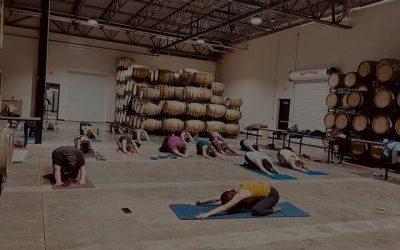On the face of it, stainless steel is stainless steel. But the truth is, not all stainless steel is created equal.
Stainless Steel can be divided into five groups – Martensitic, Ferritic, Precipitation Hardening, Duplex and Austenitic. Each group contains a different combination of metal alloys. Austenitic stainless steel, for example, is a combination of 10% nickel and 18% chromium, which is why it’s non-magnetic.
303 Stainless Steel
This alloy falls into the austenitic group. It is a free machining alloy that does not harden when heated, although strength and hardness can significantly be increased by cold working.
Thanks to the fact that sulfur is present in its composition, 303 is the most readily machinable austenitic stainless steel available.
Like all austenitic grades, 303 stainless steel displays good corrosion resistance and is very strong and tough. It is often used in applications where parts have to be heavily machined, such as aircraft fittings, gears, nuts and bolts, electrical switchgear components, bushings, shafts and screws.
Typical applications include:
* Food processing equipment
* Dairy equipment
* Architectural components
* Hardware industries
* Kitchenware industries
It displays reasonable resistance to corrosion from general foodstuffs, dyes, sterilizing solutions and most organic, as well as some inorganic chemicals. It has very limited resistance, however, when it comes to acids.
Chemical Composition
303 stainless steel is made up of the following:
* Carbon (max 0.15%)
* Silicon (max 1%)
* Manganese (max 2%)
* Nickel (max 10%)
* Phosphorous (max 0.06%)
* Chromium (max 18%)
* Sulfur (max 0.35%)
Temperature Range
In continuous service up to 870 degrees C, and intermittent service up to 760 degrees C, 303 grade stainless steel displays good resistance to oxidation.
Continuous service between 430 and 850 degrees C is not recommended as intergranular corrosion can occur.
Other Characteristics
* Cold Bending – very limited and generally not recommended
* Hot Bending – should be performed between 950 and 1100 degrees C, followed by annealing to restore maximum corrosion resistance
* Forging – Do not forge below 900 degrees C. Heat to between 1150 and 1200 degrees and hold until temperature is uniform. Finished forgings should be air cooled then annealed. Severe upset forging is not recommended
* Welding – not generally recommended owing to its sulfur content
Aerotech Alloys is a full-line metals distributor with an extensive range of aluminum and stainless steel rod and bar products. Visit Aerotechalloys.com to find out more.


